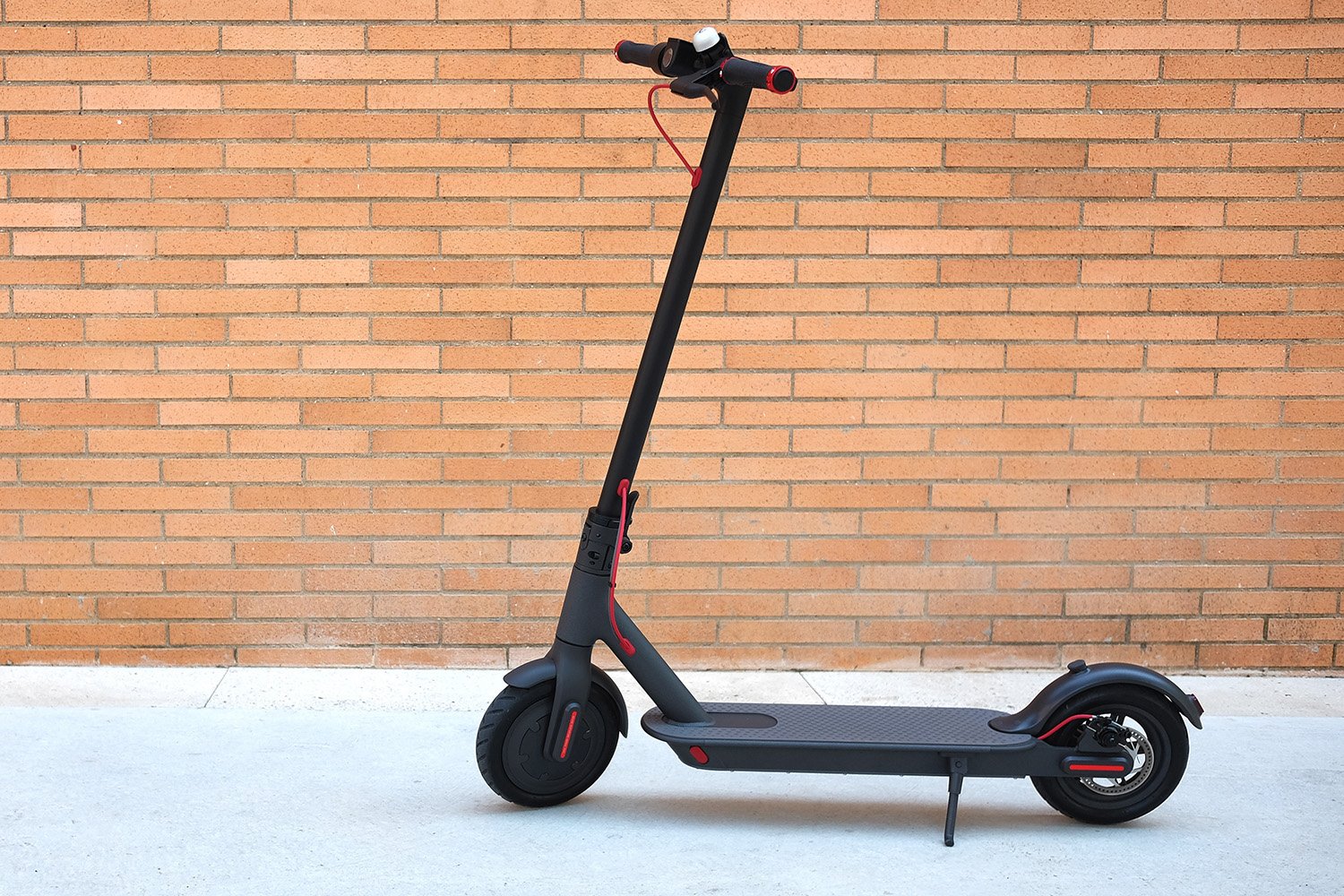Time to make way for autonomous e-bikes and scooters on the sidewalk

Autonomous motorcycles are already on the horizon, and apparently autonomous e-bikes and scooters are bringing up the rear.
An employee at Uber’s Advanced Technologies Group revealed that the company may be working on developing autonomous e-bikes and scooters. Since the service wasn’t officially announced, there is little factual information available to assess how developed the technology actually is. But the prospect begs the question: how will autonomy affect electronic scooter and bike sharing?
“Micromobility” – an industry term that references alternative forms of personal transportation – has been steadily gaining buzz as many companies are increasingly introducing those types of initiatives. There are kinks to work out in their rollout, but these systems are helping cities respond to congestion by taking cars out of city centers.
As of now, a user gets on a shared e-bike or electric scooter by either walking to a docking station, or locating a parked dockless unit, unlocking it, then going to their destination. One obvious difficulty of this system is that the service has to be well-distributed around a city, which isn’t always the case.

Autonomous e-bikes and scooters could potentially fix this issue. Although there are reasons to believe that they have a lot of challenges to overcome before they’re technically practical, there is no reason why they wouldn’t work in principle.
E-bikes and scooters are a more economical decision than a car when one has to travel under five miles; short distances that are too far to walk, but too short to drive.
Depending on the neighborhood, e-bikes or scooters may not be readily available. However, a sharing/hailing service app could be used to call an autonomous e-bike right to your door. You would get on, ride it to your destination, and disembark so it's ready for the next user. This sort of service could also be helpful at transfer points from public transit or personal vehicles, allowing transit times to be diminished without relying on cars.
Since the bikes could park themselves, autonomous e-bikes would help mediate between keeping clunky docking stations around cities and dealing with the haphazard way people leave dockless bikes around. Additionally, once its battery reaches a certain charge level, the autonomous e-bike could automatically go to a charge station or battery replacement center, minimizing the need for a fleet of humans to hunt them down.
It’s too soon to tell whether autonomous e-bikes and scooters will become a viable mode of transport, but it can help us think through the future we want for our cities and transit.
Have your say
Sign up for our newsletter
Why sign up:
- Latest offers and discounts
- Tailored content delivered weekly
- Exclusive events
- One click to unsubscribe